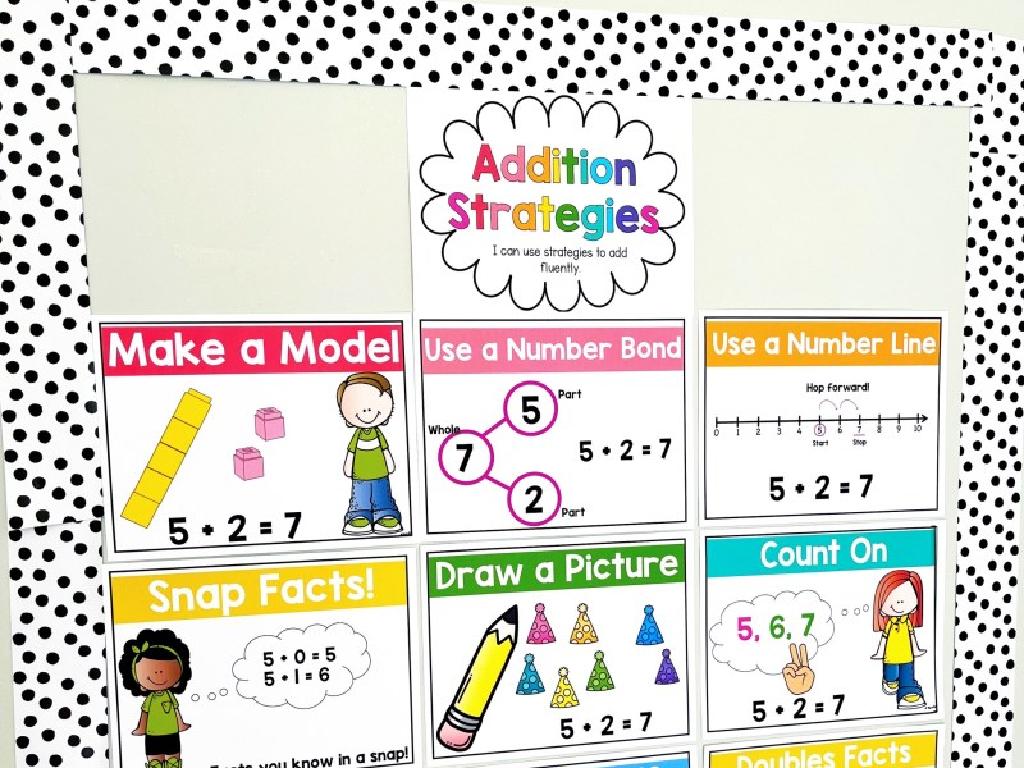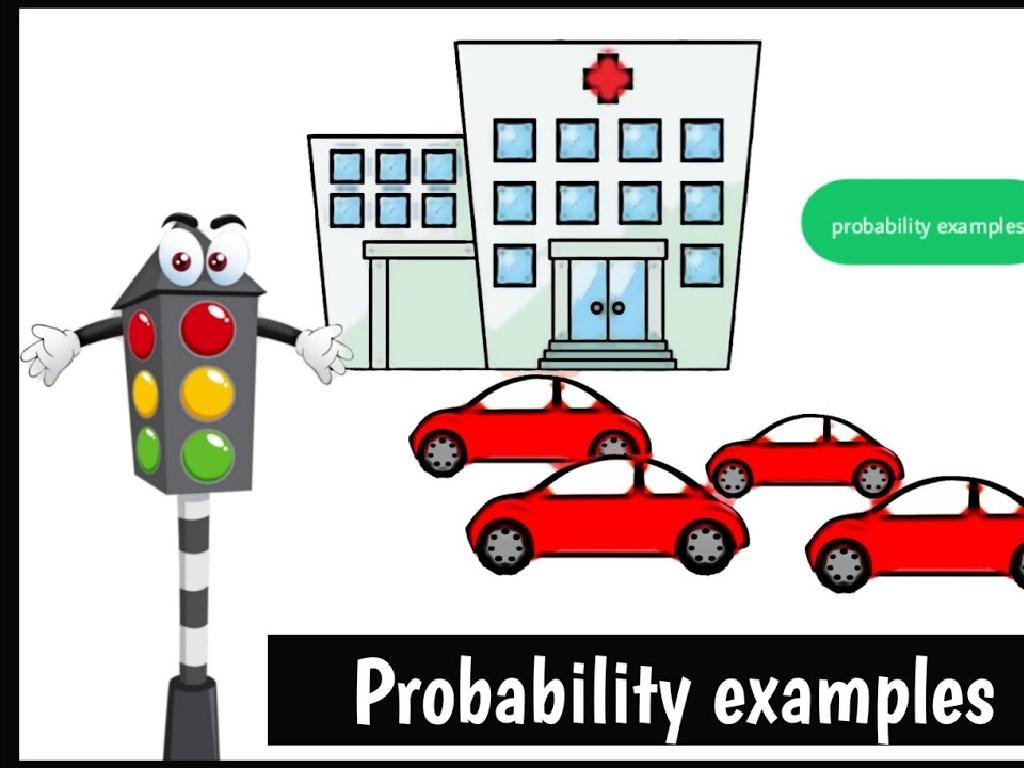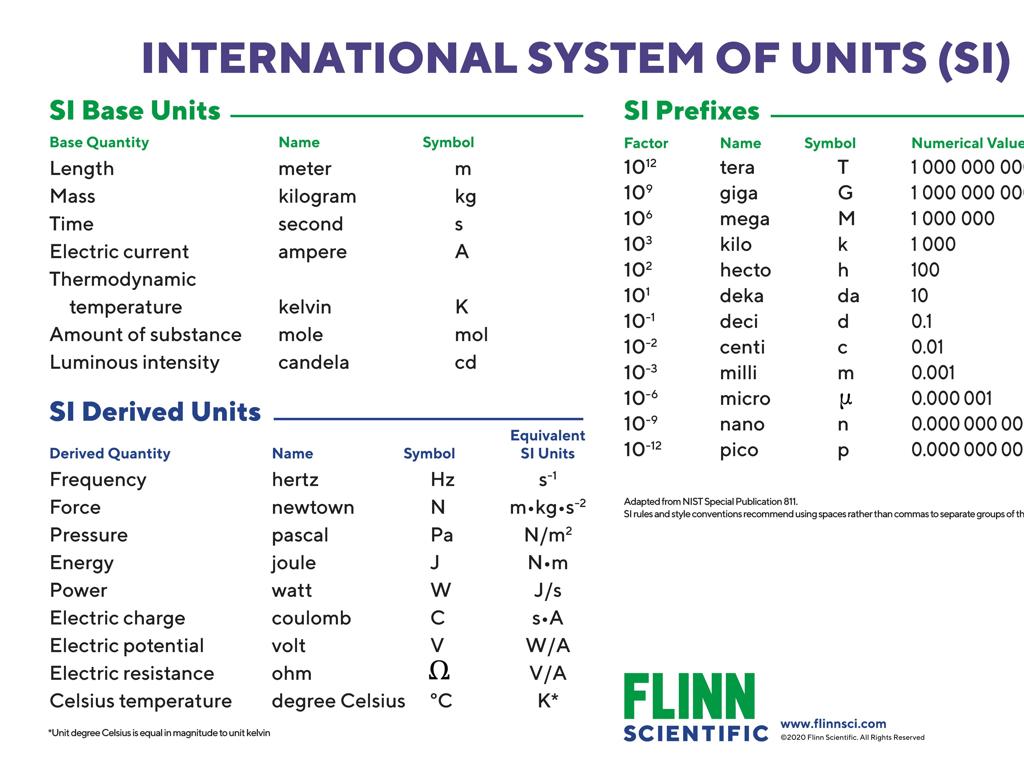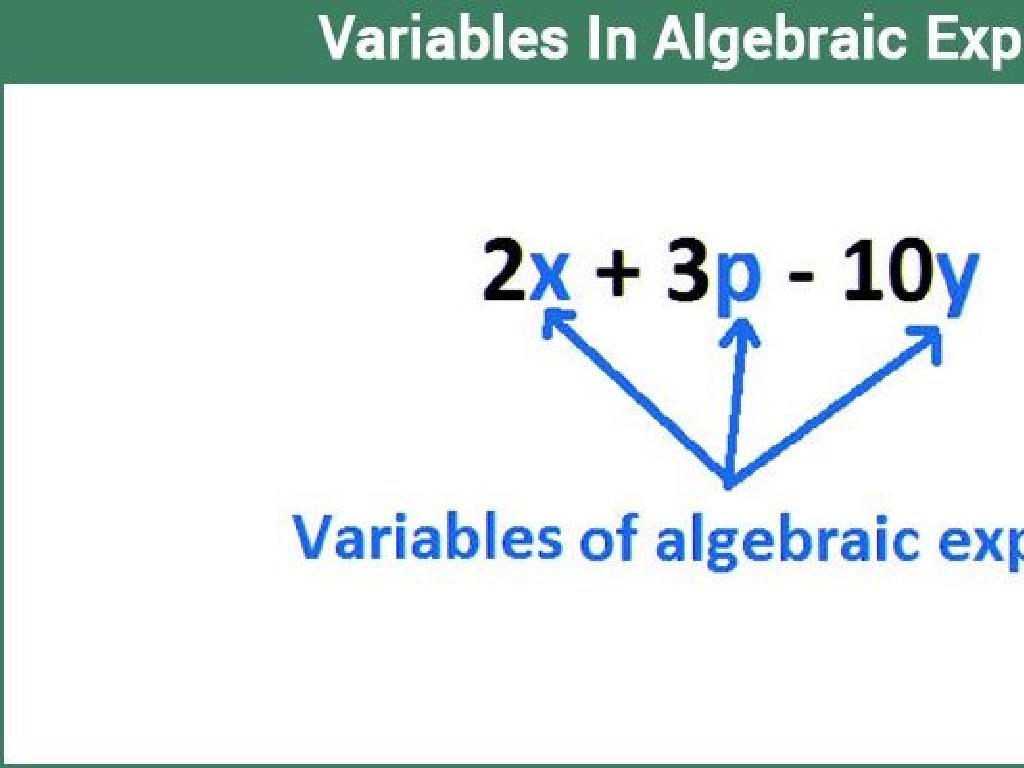Light And Heavy
Subject: Science
Grade: Kindergarten
Topic: Comparing
Please LOG IN to download the presentation. Access is available to registered users only.
View More Content
Exploring Light and Heavy Objects
– What are light objects?
– Things easy to pick up like a feather
– What are heavy objects?
– Things hard to pick up like a car
– Examples of light things
– Leaves, paper, a balloon
– Examples of heavy things
– A table, a boulder, an elephant
|
This slide introduces the concept of weight by comparing light and heavy objects. Encourage the children to think of examples of light objects, such as a feather or a leaf, which they can easily lift. Then, contrast with heavy objects, like a car or a table, which they cannot lift. Provide clear examples that are relatable to their everyday experiences. During the lesson, have various objects available for the children to handle and categorize as light or heavy to reinforce the concept. This tactile experience will help solidify their understanding of the difference between light and heavy.
Understanding Light and Heavy
– What does ‘light’ mean?
– Light objects are easy to lift
– Objects that don’t weigh much
– Examples of light objects
– Feather, leaf, paper are all light
– Comparing light and heavy
– Use a scale to see the difference
|
This slide introduces the concept of ‘light’ as a property of objects that makes them easy to pick up. It’s important to use tangible examples that children can relate to, such as a feather, a leaf, or a piece of paper. These are items that the students can easily handle themselves, reinforcing the concept through experience. Encourage the students to think of other light objects they know and to compare them with heavy items to understand the difference. A classroom activity could involve using a balance scale to weigh different objects and classify them as light or heavy, providing a visual and interactive way to grasp the concept.
Understanding Heavy Objects
– What does ‘heavy’ mean?
– ‘Heavy’ means something takes a lot of strength to move
– Heavy objects are hard to lift
– Examples of heavy things
– Like a big rock, a chair, or a backpack with lots of books
– Comparing heavy and light
– We can feel if something is heavier or lighter by trying to lift it
|
This slide introduces the concept of ‘heavy’ to Kindergarten students by relating it to their ability to pick up or move objects. Start by explaining that heavy objects require more strength to lift, which is why they might need help with a heavy backpack or moving a chair. Provide relatable examples that they might encounter in their daily lives, such as a rock they find on the playground or their own backpack. Encourage them to think of other heavy items and how they compare to lighter things they can easily lift. This will help them understand the concept of comparing weights and sizes in a tangible way.
Let’s Compare: Light and Heavy
– Using a scale to compare
– A scale helps us see which item is lighter or heavier by which side goes up or down.
– Feather vs. Rock experiment
– What do you think will happen if we put a light feather on one side and a heavy rock on the other?
– Observing the scale’s balance
– Understanding weight differences
– Light things like feathers go up, heavy things like rocks go down on the scale.
|
This slide introduces the concept of weight and how to compare light and heavy objects using a scale. Demonstrate with a real scale if possible, placing a feather on one side and a rock on the other. Ask the children to predict what will happen before you reveal the outcome. Explain that the side with the heavier object will go down and the lighter side will go up. This visual and interactive approach helps kindergarteners grasp the concept of comparing weights in a tangible way. Encourage them to think of other light and heavy things they could compare using a scale.
Light or Heavy Game
– Guess if objects are light or heavy
– I’ll show you different objects
– We’ll check the guesses as a group
– Learn about weight comparison
– Understanding that some things are easier to lift than others
|
This interactive game is designed to help Kindergarten students understand the concept of weight and develop their ability to compare objects as light or heavy. Show a variety of objects to the class and have each student guess whether they think the object is light or heavy. After the guesses, you can reveal the actual weight by lifting or using a scale. This will help them visually and physically understand the concept of weight. Encourage participation and ensure that students understand there are no wrong guesses; it’s all about exploration and learning. Possible objects for the activity could include a pencil, a book, a backpack, and a water bottle. This will also help them to start associating the effort needed to lift an object with its weight.
Class Activity: Light and Heavy Hunt
– Explore the classroom for objects
– Partner up for a fun hunt
– Make a list of light and heavy items
– Is a pencil lighter than a backpack?
– Use muscles to feel weight differences
– Light objects are easy to lift, heavy ones are not
|
This activity is designed to help students understand the concept of weight and how to compare objects based on their heaviness. Have the children work in pairs to foster teamwork. They should look around the classroom and identify items, categorizing them as light or heavy. Encourage them to physically pick up objects to assess their weight, using their own strength as a gauge. After the hunt, facilitate a discussion where each pair shares their findings. Possible activities for different students could include comparing books and blocks, pencils and chairs, or stuffed animals and desks. This will help them grasp the concept of comparing by weight and develop their observational skills.
Show and Tell: Light or Heavy?
– Share your findings with the class
– Explain why an object is light
– Like a feather or a leaf
– Explain why an object is heavy
– Like a rock or a book
– Listen to your friends’ ideas
|
This slide is for a class activity where students will present objects they’ve found and explain why they think each object is light or heavy. Encourage the children to use descriptive words and compare the objects with things they are familiar with. For example, a child might say a pencil is light because it’s easy to pick up, like a feather, while a backpack is heavy like a big rock. Teachers should prepare to guide the discussion, help with vocabulary, and ensure each child gets a turn to speak. The activity will help students understand the concept of weight and improve their speaking skills.
Conclusion: Light and Heavy Objects
– Great job learning light vs heavy
– Use hands to feel weight differences
– Light objects are easy to pick up, heavy ones are not
– Practice sorting by weight at home
– Help at home by arranging toys or groceries
– Remember what we learned today
|
Well done to all the students for learning about light and heavy objects! It’s important to reinforce the concept that we can use our sense of touch to feel if something is light or heavy. Encourage the children to practice this at home by helping their parents sort items by weight, such as toys or groceries. This will not only help them understand the concept better but also allow them to apply what they’ve learned in a practical setting. Make sure to praise their efforts and remind them of the key points from today’s lesson.






